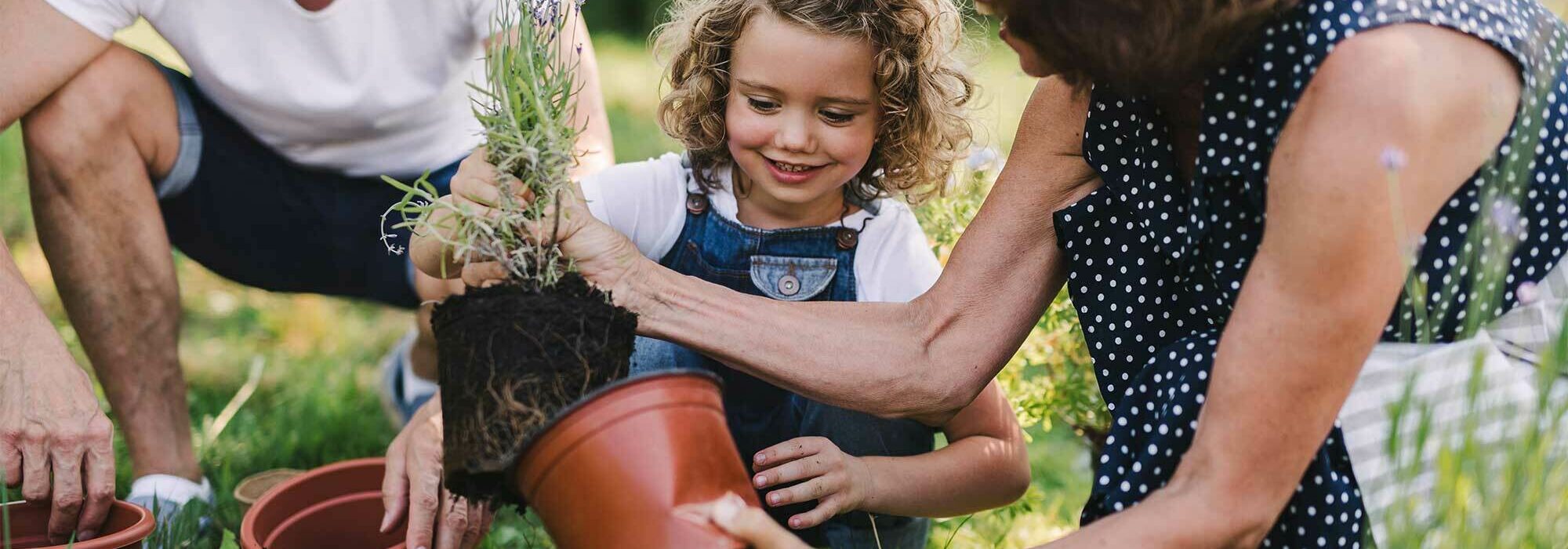Article Excerpt
Seasons in Texas might not always follow a traditional schedule, but you can still start a fall garden with a little planning. Here are a few tips.
Summer can go on for a long time in Texas, with the hot temperatures extending well into September and sometimes later. It can be easy to forget about fall planting season when it’s still over 90-100 degrees outside in mid to late September. October and November still offer cooler weather, though, and the opportunity to get a fall garden started. Many people took up gardening, or at least planting things, over the past couple of years thanks to the pandemic. If you’d like to keep that hobby going, here are a few fall gardening tips.
1. Consider your garden’s placement.
If you don’t have an area of your yard already set aside for gardening, now is the time to decide where to put your garden. You want a place that gets plenty of sunlight. You might not have to limit yourself to your backyard. If you live in an area with a homeowners’ association (HOA), you should check the rules to see if they place any restrictions on gardens. If not, you can look for a good place in your front or back yard.
Foot traffic is an important factor to consider when choosing a spot for your garden. This includes not only human foot traffic, but paw traffic as well. If you have pets, they might find a garden irresistible. Dogs, in particular, won’t understand the need to be careful about disturbing the soil or damaging any newly-sprouted plants. Try to find a location where you can restrict access to your four-legged companions.
Also research how much sunlight your chosen plants require. Observe how much sun this spot receives throughout the day.
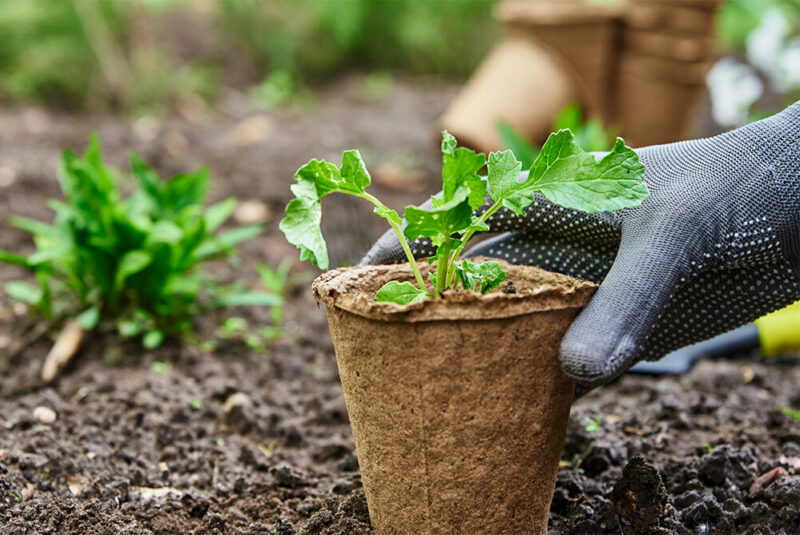
2. Nutrify the soil before planting.
Next, you need to get the soil ready for planting. You could build raised planter beds and add specially prepared soil, or you could plant directly in the ground.
If you decide to go the ground-planting route, you’ll need to break up the uppermost layers of soil, going down about 3 to 6 inches. This will allow the seeds to take root. A garden fork works best for this task, but a shovel can also get the job done.
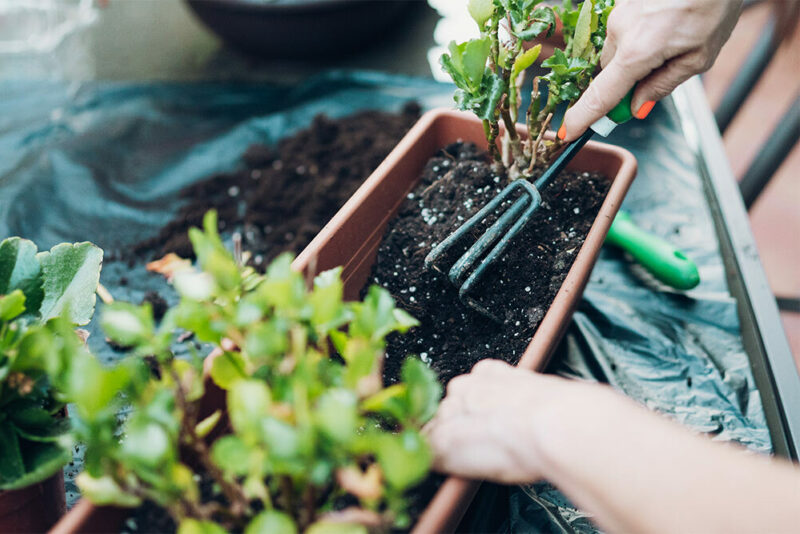
You can add some compost and mulch to the soil to help provide nutrition to the seeds. If you don’t make your own compost or mulch, you can buy them at nurseries or hardware stores.
Finally, you should water your planting area regularly, even before you do any planting. Keeping the soil damp will help the seeds once they’re in the ground.
Tip: Vegetables grow well in the Texas fall season!
Vegetables tend to do well in Texas fall weather when the soil has had a chance to cool down. Broccoli and cabbage, for example, are typically best planted in September and October. Herbs also do quite well in the fall, such as basil or cilantro. Other plants to consider might include squash, beans, peas, spinach, kale, and root vegetables like beets or turnips.
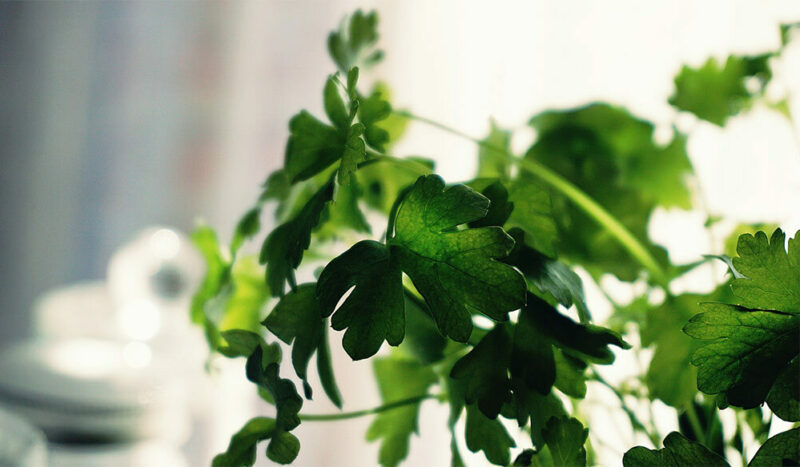
Photo by Suzy Hazelwood from Pexels
3. Plant your seeds before Halloween!
You want to give your plants every opportunity to take root, grow, and flourish before the Texas winter kicks into high gear. While most parts of Texas don’t see very many freezes, the past few years have shown that they are possible and that they can be brutal. Getting all your seeds in the ground by the end of October should give them enough time before the coldest temperatures hit in January and February.
Out of an abundance of caution, you might consider preparing ahead of time for possible winter storms. Be ready to cover all of your new plants if the forecast calls for freezing temperatures. You can buy covers at garden or hardware stores, or from websites like Amazon. You can also use old sheets. The idea is to keep rainfall, dew, and other condensation off of your plants and the surrounding ground when temperatures drop below freezing, while also allowing the plants to breathe. Be sure to remove the covers once the temperature rises above freezing again.
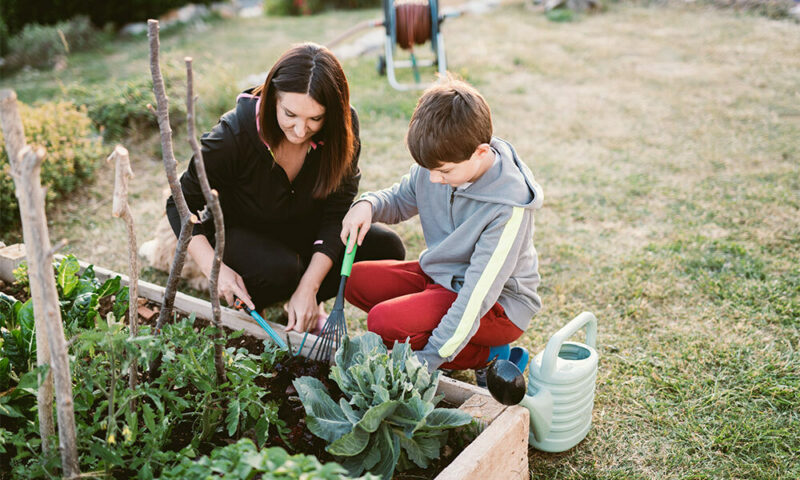
Plant a garden in your own backyard!
Tilling and planting a garden may not be an option if you’re renting. As a homeowner, that soil can be yours. We would love to welcome you home to a place of your own. Fill out a few questions online and we’ll let you know which mortgage options you qualify for!
